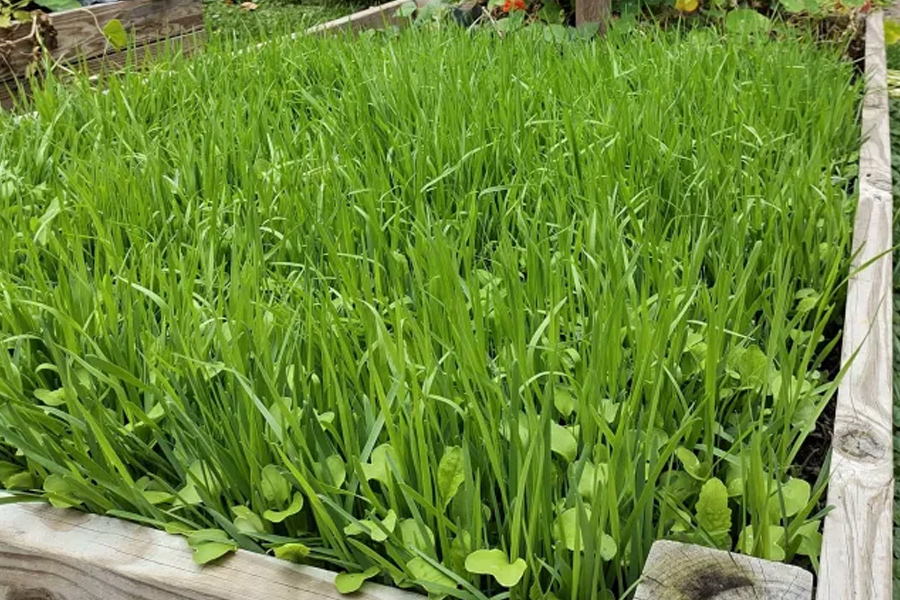

You may be asking "Why is it such a big deal?" Simply put, healthy soil gives us clean air and water, bountiful crops and forests, productive grazing lands, diverse wildlife and beautiful landscapes. All of which enhances our lives. Fun fact: There can be a billion microorganisms in a teaspon of compost or soil!
1. Get a soil test. The University of Minnesota Soil Test lab is the most comprehensive. For this purpose, the link attached is for Lawns, Gardens (flowers & vegetable, trees, small fruits and shrubs). You can also purchase the same test at Gertens.
2. Add organic matter. This allows for better air and water availability which helps create healthy root growth, retains nutrients and enhances microbial biodiversity.
3. Breaking it down, organic matter includes living, dead and/or decaying plants and animal manure (read this information before applying) and your home compost. Take a peek at Keyhold Gardening from The Garden Scoop.
4. Soil Amendments aka compost can be purchased as well. They are generally bagged and easier to use, or you can buy in bulk. Check out this map from the MPCA which features Community Composting sites. Learn more on recycling and home composting at MNCompostingCouncil.org .
5. Minimize chemical use, this kills the good stuff too. Instead consider organic options such as Horticultural oils, Spinosad and Bt (Bacillus thurgiensis).
6. Maximize living roots by reducing tilling (or don't do it at all). It's better to turn the soil in your garden beds with a garden fork to reduce damage to living roots.
7. Keep your soil covered with living plants, mulch or cover crops. Why? The top few inches of soil contain an abundance of microorganisms and more. If left bare, rainsdrops can spread disease as it splashed up unwanted pathogens in soil and onto leaves. Use shredded leaves, straw, dried grasses, basically any brown organic material can be used.
8. Cover crops for the home garden are plants that can protect your soil while enhancing organic matter. Fall cover crops are left all winter and can be used as mulch in your gardens in spring. Typically planted with seed about 4 weeks before Fall's last frost date (for winter season). Rake seed into the top layer of soil, add a thin layer of dried grass, leaves, etc. Leave it be until you plant next year. Learn more on Cover Crop Basics from homesteader Forks in the Dirt. You can use the crop as mulch! Find information from the UofMN Ext. on other seasons to plant cover crops and types of seed(s) to plant for your needs.
9. Rotate vegetable crops. Here is a great primer from Iowa State University as to the why and when.
10. Don't trample all over your lawn and gardens when the soil is wet. This compacts it, creating future issues of hardpacked soil.
Photo credit: Michelle Bruhn of Forks in the Direct - a Minnesota Small Scale Homesteader

